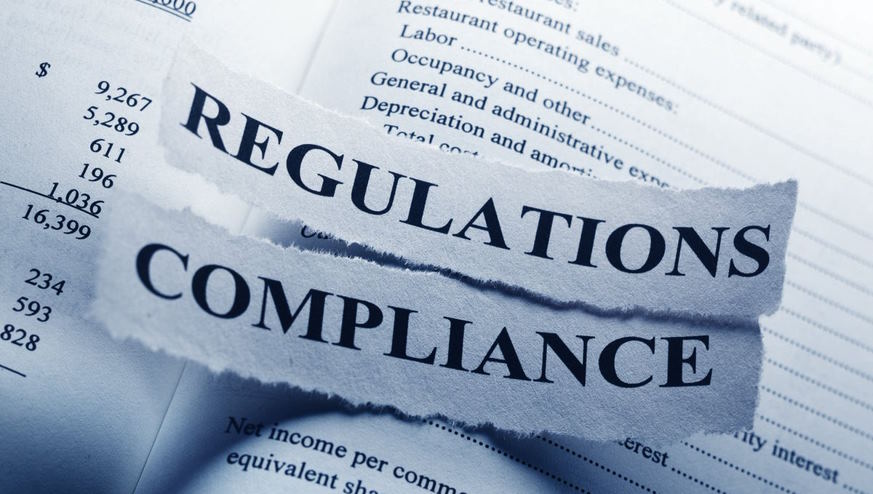As the foodservice industry becomes increasingly regulated, navigating restaurant regulations and compliance has become a critical aspect of running a successful restaurant. From health and safety guidelines to labor and employment regulations, restaurant owners and operators need to be well-versed in a complex web of local, state, and federal regulations. Non-compliance can result in severe consequences, including fines, penalties, and reputational damage. Therefore, it is crucial for restaurants to establish best practices for navigating and complying with restaurant regulations. In this article, we will provide an overview of common restaurant regulations, share best practices for compliance, and discuss how to handle non-compliance and mitigate risks to ensure long-term success in the highly regulated foodservice industry.
Best Practices for Navigating Restaurant Regulations and Compliance
In the highly regulated foodservice industry, understanding and complying with local, state, and federal regulations is crucial for the success of any restaurant. To ensure compliance, there are several best practices that restaurant owners and operators should implement.
- Conducting thorough research: It’s essential to thoroughly research and understand the relevant regulations at the local, state, and federal levels. This includes keeping up-to-date with any changes or updates to regulations that may affect the restaurant’s operations.
- Creating comprehensive policies and procedures: Developing comprehensive policies and procedures that outline the specific steps and protocols for compliance is vital. This includes documenting processes related to food handling, sanitation, labor laws, accessibility, waste disposal, and more.

- Providing regular employee training: Educating employees on regulations and best practices is critical. Regular training sessions should be conducted to ensure that all staff members are aware of the latest regulations and understand their responsibilities in maintaining compliance.
- Maintaining detailed records and documentation: Keeping detailed records and documentation of compliance efforts is essential. This includes maintaining records of employee training, permits and licenses, inspections, audits, and any other relevant documentation that may be required for audits or inspections.
- Building relationships with local regulatory agencies: Building positive relationships with local regulatory agencies can be beneficial. This includes seeking guidance from regulatory agencies when needed, establishing open lines of communication, and addressing any compliance concerns proactively.
- Utilizing technology: Utilizing technology, such as compliance management software, can streamline compliance efforts. These tools can help with tracking and documenting compliance tasks, sending automated reminders for permit renewals, and generating reports for audits or inspections.
- Conducting internal audits: Conducting regular internal audits can help identify and address any compliance gaps or issues proactively. This includes reviewing policies, procedures, records, and documentation to ensure compliance with regulations and making necessary adjustments as needed.
- Staying informed of changes in regulations: Regulations can change over time, so it’s crucial to stay informed of any updates or changes in regulations that may affect the restaurant. This includes regularly reviewing industry publications, attending seminars or workshops, and staying in touch with industry associations.
- Engaging legal counsel or industry experts: For complex regulations or compliance challenges, engaging legal counsel or industry experts can provide valuable guidance. These professionals can help navigate intricate regulations and provide expert advice on compliance matters.
Handling Non-Compliance and Mitigating Risks
Despite best efforts, restaurants may encounter instances of non-compliance with regulations. It’s crucial to have a plan in place to handle such situations promptly and effectively to mitigate risks and minimize potential consequences. Here are some best practices for handling non-compliance and mitigating risks.
- Responding promptly and appropriately: If a regulatory violation or notice of non-compliance is received, it’s essential to respond promptly and appropriately. This includes acknowledging the issue, conducting an internal investigation, and taking necessary corrective actions to address the non-compliance.
- Remediation efforts: Remediation efforts should be undertaken to rectify the non-compliance. This may include implementing corrective actions, such as process improvements, training programs, or policy revisions, to ensure that similar violations do not occur in the future.
- Communicating with regulatory agencies: Communication with regulatory agencies should be transparent and cooperative. It’s essential to provide accurate and timely information, respond to inquiries, and cooperate with any investigations or audits. This can help establish a positive relationship with regulatory agencies and demonstrate a commitment to resolving the non-compliance.
- Mitigating risks: Non-compliance can result in fines, penalties, and legal actions. It’s crucial to assess and mitigate these risks by understanding the potential consequences, taking appropriate actions to rectify the issue, and working with legal counsel, if necessary, to navigate any legal proceedings.
- Safeguarding reputation: Non-compliance can have a negative impact on the reputation of a restaurant. It’s important to implement strategies to safeguard the restaurant’s reputation, such as communicating openly and transparently with customers, addressing concerns, and taking visible steps to rectify the issue and prevent recurrence.
- Rebuilding trust with customers: Rebuilding trust with customers is crucial after a non-compliance incident. This may involve proactively communicating the steps taken to rectify the issue, providing assurances of compliance moving forward, and implementing measures to ensure that customers’ health and safety are a top priority.





